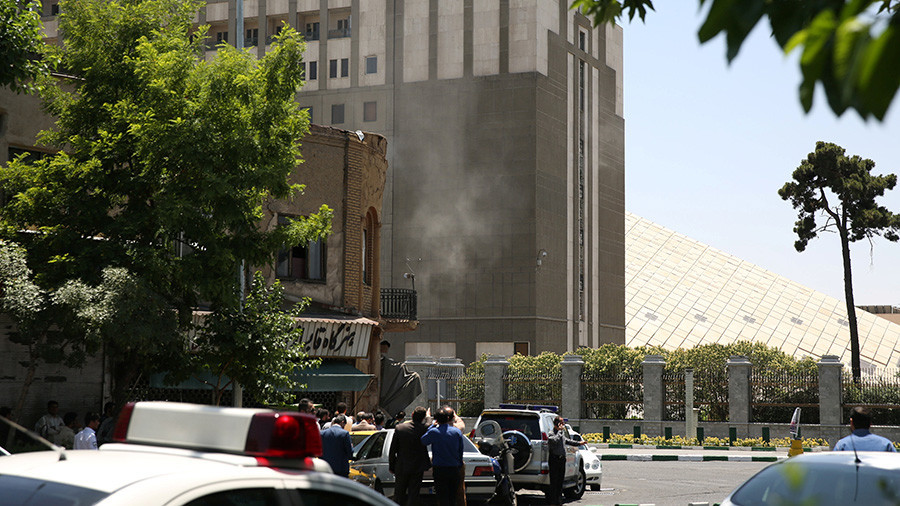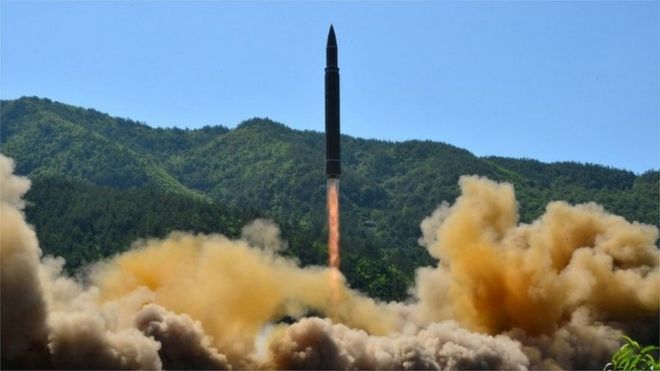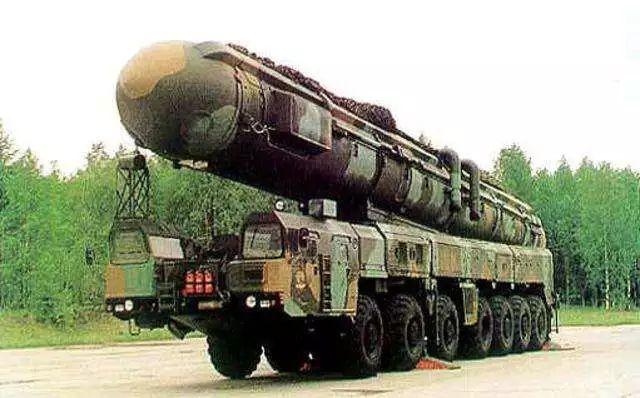US Military Reverses Course, Won’t Ban Use of Cluster Bombs
The US had planned to end its use of cluster bombs, a type of explosive that ejects smaller submunitions to kill personnel and obliterate vehicles, by 2019, but on Thursday, the Pentagon approved a new policy reversing this promise.
US President George W. Bush declared in 2008 that US would stop using cluster bombs by 2019. On Thursday, though, the Pentagon declared that the weapons have a legitimate use in military operations.
When deployed, cluster bombs scatter hundreds or thousands of bomblets across swaths of territory than can encompass several football fields. The bombs are notorious for failing to explode during the initial weapon deployment — leaving mine-like explosives that can blow up decades later. Anywhere from two to 20 percent of the bomblets released in modern cluster bombs fail to detonate on first use, according to Legacies of War, a Washington-based non-profit.
The United Nations-backed Convention on Cluster Munitions banning the weapons took effect in 2010. More than 100 nations have become signatories to the agreement. The US, Israel, China, Russia, Brazil, Pakistan and India, though, opposed the treaty. These nations are believed to produce or stockpile cluster munitions in significant quantities.
Under the policy approved Thursday, the US will authorize military commanders to use cluster munitions at their discretion until a better option becomes available that reduces the humanitarian hazards, the Associated Press reports.





























